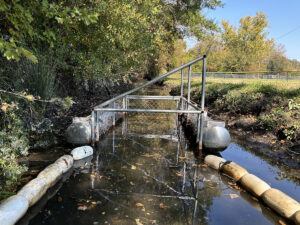News
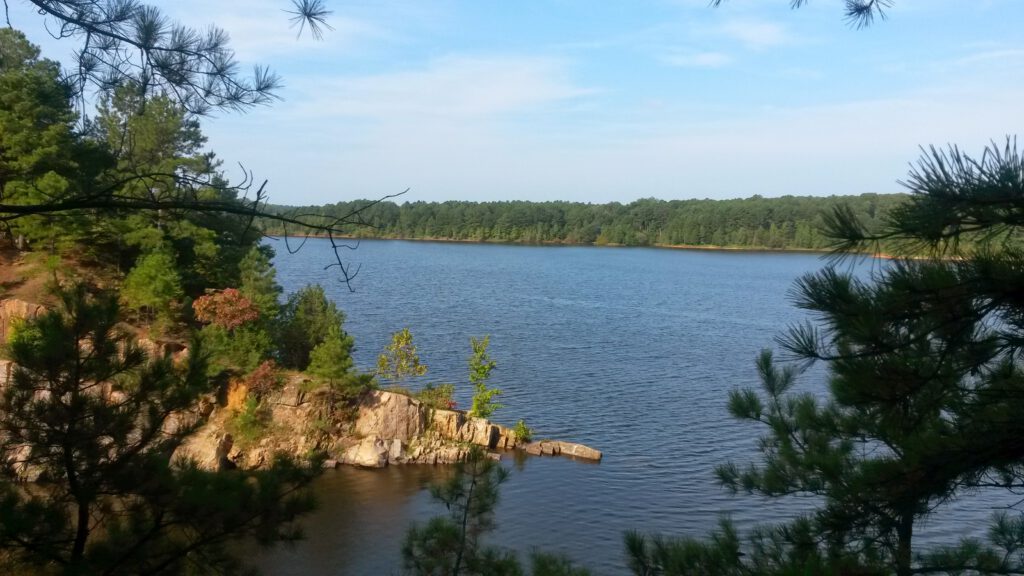
Falls Lake provides Raleigh's drinking water
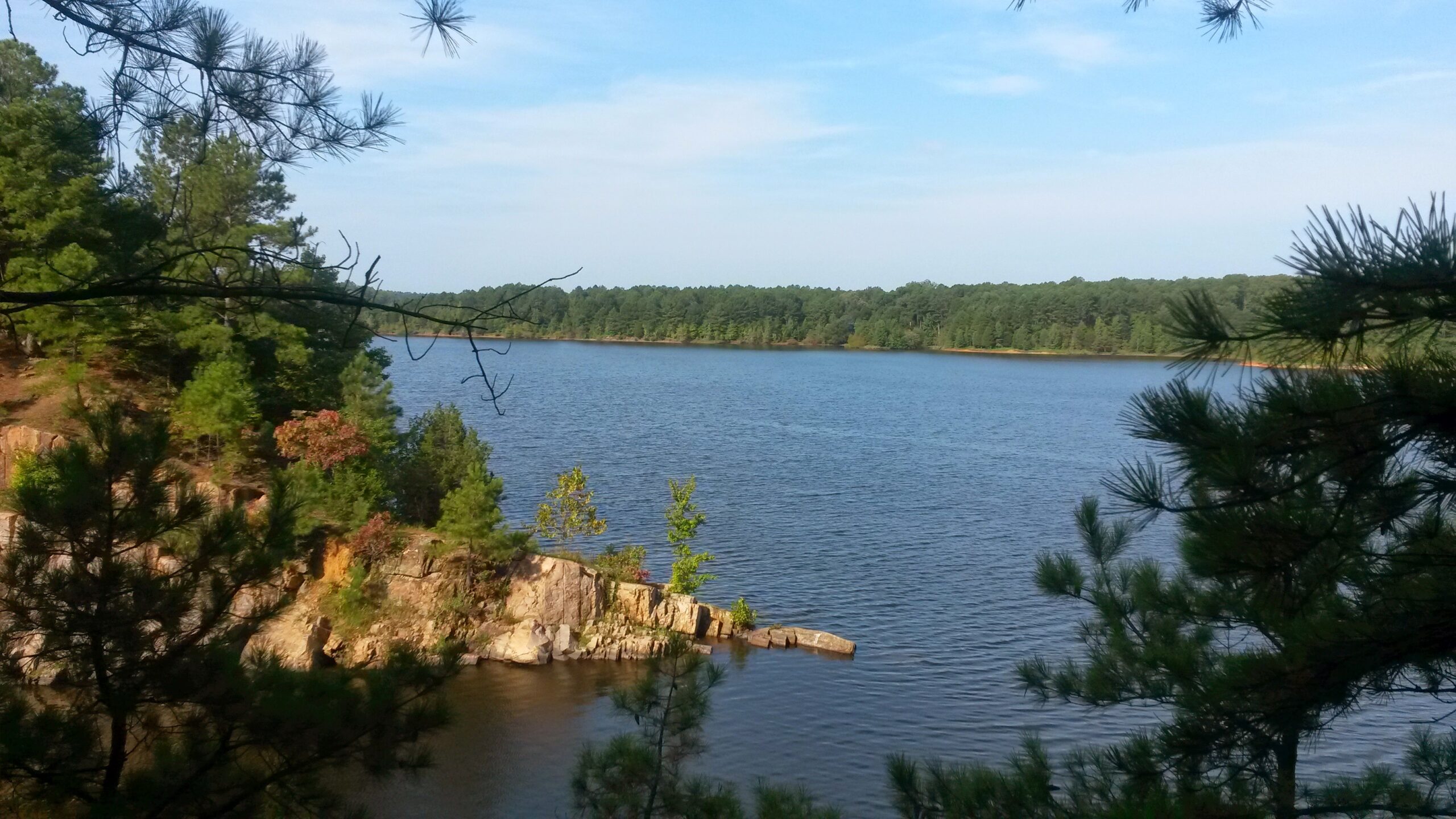
by Heather Deck
Emerging threats to our drinking water supply may make people feel like Coleridge’s ancient mariner, who lamented, “water, water everywhere, nor any drop to drink.” The good news is that there are advocates working hard for us all and resources to help us make informed choices. Most recently, the news in the Wilmington area has been dominated by stories of a newly found toxic chemical found in the local water supply. GenX, as it’s called, is a trade name for a chemical that began being manufactured in 2009 as an alternative to a different toxic chemical “C8”. Both chemicals are forms of perfluorooctanoic acids (PFOA’s), a class of synthetic, toxic compounds used to produce products such as non-stick pans, firefighting foam, and stain-resistant fabrics. PFOA’s are synthetic compounds that have been produced for decades and can be found in products such as furniture, cosmetics, clothing, cookware and food packaging. Once they reach our water supplies they are there to stay, persisting for upwards of thousands of years.
These compounds have been detected in many rivers in North Carolina. PFOA’s are just one of thousands of so-called “Emerging Contaminants” that are currently not regulated and neither industry nor our state (DEQ) or federal (EPA) regulators are required to conduct water quality tests for it. Emerging contaminants are important because they pose a risk to health and the environment, yet these chemicals are not yet fully understood.
Where Does my Tap Water Come From?
Thanks to the Environmental Working Group, this question is much easier to answer. You can visit www.ewg.org, plug in your zip code and find information about the local tap water supplier and recent water quality tests. To find out where that water comes from (i.e. river, ground water), be sure to check your local utilitiy company’s water quality annual report.
Bottled Water Is Not The Answer
It is completely understandable that the first reaction by many is to turn to bottled water as a “safer” alternative to tap water. However, this is the wrong answer for several very good reasons. As the Environmental Working Group points out: “Bottled water isn’t the solution – not for your pocketbook, not for your health and certainly not for our planet.”
- It’s about 2000 times more expensive than tap water.
- It’s not any safer; bottled water is less regulated than tap water and nasty chemicals have been found too. To make matters worse, bottled water companies can hide the results of their water quality testing. Public utilities must provide you with that information.
- The plastic bottle is wrong for many reasons: the plastic itself can leach contaminants; they are filling up our landfills and manufacturing plastic bottles wastes a lot of energy!
Reduce Your Exposure & Take Action
Water is essential for life. We certainly can’t go a day without it and in fact most of us should be drinking more of it (me included!) But when we begin to peel back the curtain on environmental contaminants, it can certainly be a scary scene. Thankfully, there are many things you can do to ensure your water is safe, not only for today, but for tomorrow’s generations too. Below is a list of actions you and your family can easily take. Visit soundrivers.org for links to resources and more information about the sources of your water in the Neuse and Tar-Pamlico River communities.
- Take the time to learn about the source of your drinking water and the utility that is providing it. Your utility should provide an annual report, or you can have your well water tested.
- Avoid drinking bottled water. You can find inexpensive stainless steel water bottles in every store. Time to use them!
- Look for a water filtration system that is right for you. They are not the sole solution, but even inexpensive carbon filters can reduce your family’s exposure to chemicals.
- Join Sound Rivers and other environmental partners as we work to demand transparency by polluting industries and sufficient funding for our regulatory agencies to protect water supplies and public health. Access to clean water is a basic human right, and nobody should take that away from you.
From Fall 2017 Currents – read the whole newsletter here!
Related News
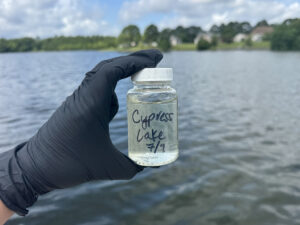
Specialist investigates lake connection to mysterious skin rash
July 10th 2025
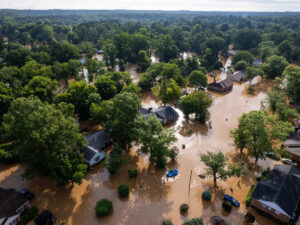
Riverkeeper: Central NC flooding part of a much larger issue
July 10th 2025

N.C. Governor vetoes bad rulemaking bill
July 10th 2025
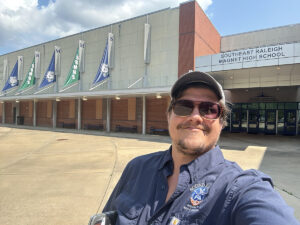
Riverkeeper, program director ‘Growing More than Rain Gardens’
July 10th 2025
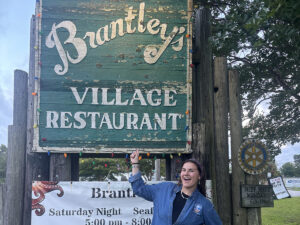
Volunteer coordinator goes ‘fishing’
July 10th 2025
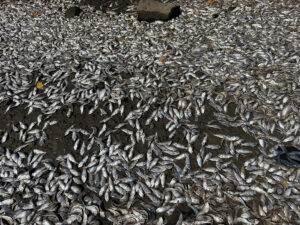
Neuse fish kill expected to extend beyond holiday weekend
July 3rd 2025
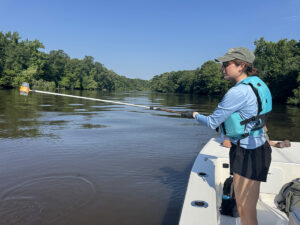
Swim Guide fails prompt Maple Cypress investigation
July 3rd 2025

Riverkeeper, town partners root out source of Smithfield sediment pollution
July 3rd 2025
